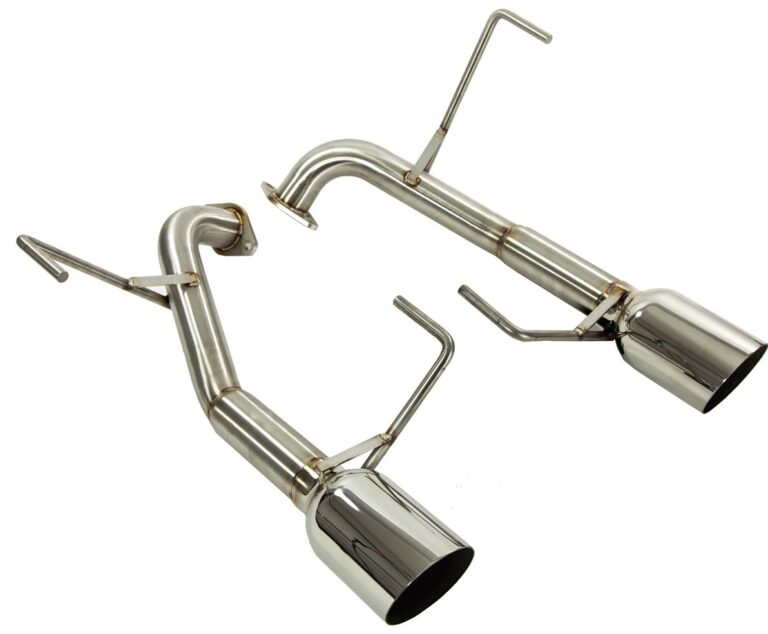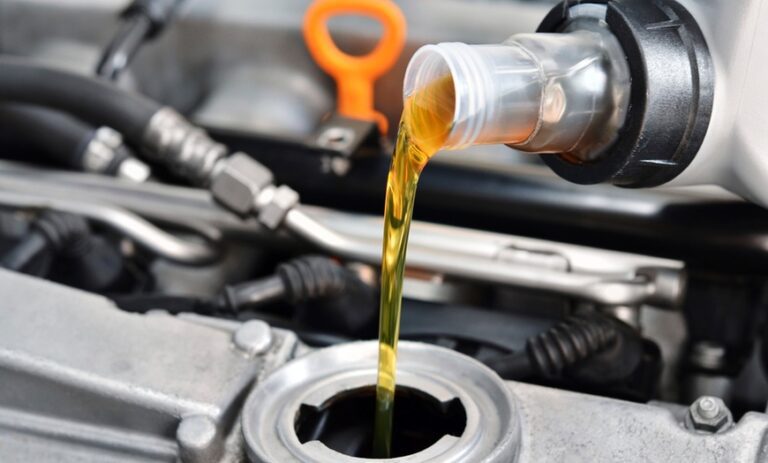How to Switch From 2h to 4h Jeep Wrangler Automatic
If you're worried about the complexity of transitioning from 2H to 4H on your Jeep Wrangler Automatic, fear not. The process is simpler than you might think.
By following a few straightforward steps, you can seamlessly switch between these modes, unlocking enhanced capabilities for your vehicle.
Stay tuned to discover the precise steps and nuances involved in making this transition smoothly and efficiently.
Key Takeaways
- Prepare the Jeep by understanding gear positions
- Activate 4H mode for off-road driving
- Confirm 4H engagement for safe operation
- Easily switch back to 2H mode for regular driving
Preparing Your Jeep
Have you ensured that your Jeep Wrangler is parked on a level surface before beginning the switch from 2H to 4H? This step is crucial to ensure a smooth transition.
Next, with your automatic transmission in neutral, firmly press the brake pedal. This action stabilizes the vehicle and prepares it for the shift.
As you do this, reach for the transfer case lever specifically designed for your Jeep Wrangler. While still pressing the brake pedal, move the transfer case lever into the 4H position. It's essential to do this step attentively and smoothly to prevent any jarring movements that could potentially harm your vehicle.
Listen keenly for a distinct click or engagement sound; this sound confirms the successful switch to 4H. Once you hear this confirmation, release the brake, engage the gear, and start driving slowly.
This method allows you to utilize the 4-wheel drive effectively and navigate various terrains with confidence.
Understanding the Gear Shift
Understanding the gear shift on a Jeep Wrangler automatic involves navigating between positions for 2H, 4H, N, and 4L to control the vehicle's drivetrain effectively. When operating the shifter in your Jeep, it's crucial to comprehend the functions of each position to ensure a smooth transition between driving modes.
Here are some key points to consider:
- 2H: This is the standard two-wheel-drive mode for regular road driving.
- 4H: Engage this mode for 4-wheel drive high, suitable for off-road or slippery conditions.
- N: The neutral position is necessary when switching from 2H to 4H.
- 4L: Use this setting for 4-wheel drive low, providing maximum traction at low speeds.
- Shifter Engagement: Properly shifting the shifter to 4H requires precision and attention to detail to avoid any potential issues with the transfer case.
Mastering the nuances of the shifter in your Jeep is essential for a seamless driving experience, especially when transitioning between 2H and 4H modes.
Activating 4H Mode
When activating 4H mode on your Jeep Wrangler, ensure the vehicle is stationary on level ground before proceeding with the shift. To begin, put the transmission in neutral to prepare for the switch.
Next, firmly press the brake pedal and proceed to shift the transfer case lever into 4H mode. Once the shift is complete, release the brake, engage the gear, and start driving to activate 4H.
Remember to pay attention to any sounds or sensations during this process. Listen carefully for a distinct engagement click which will indicate that the switch to 4H mode has been successful. This audible confirmation is crucial in ensuring that the transfer case has properly transitioned into the desired mode.
Confirming 4H Engagement
To confirm the engagement of 4H on your Jeep Wrangler, there are several steps to follow.
- Check the dashboard indicator light for confirmation.
- Ensure all four tires are spinning uniformly.
- Look out for vibrations or unusual noises.
- Listen for a distinct click sound.
- Test the functionality of 4H by driving cautiously.
Switching Back to 2H
If you've ensured proper engagement of 4H on your Jeep Wrangler, the next step is smoothly shifting back to 2H for optimal performance.
To accomplish this, reduce your speed to around 2-3 mph (3-5 kph) before attempting the switch. While maintaining this low speed, use the transfer case shifter to move from 4H to 2H.
It's crucial to confirm the shift by checking the dashboard indicator light, ensuring that the transfer case is fully engaged in 2H. Once confirmed, you can resume normal driving.
Remember, practicing smooth transitions between 2H and 4H is key to maintaining optimal performance of your Jeep Wrangler's automatic transmission.
Driving in 4H Mode
When driving in 4H mode, power is evenly distributed to all four wheels, enhancing traction and stability on challenging terrains.
To optimize performance, ensure all tires rotate together smoothly while navigating through mud, snow, or rough terrain.
Mastering the technique of shifting the transfer case lever and driving cautiously will help you harness the full benefits of 4H mode in your Jeep Wrangler.
4H Mode Benefits
Driving in 4H mode on your Jeep Wrangler provides enhanced traction and performance by distributing power to all four wheels for improved stability and grip. Benefits of engaging 4H mode include:
- Increased traction on various surfaces.
- Enhanced handling and stability in challenging terrains like mud or snow.
- Activation of additional traction features to adapt to changing road conditions.
- Better grip and control during off-road adventures.
- A noticeable contrast between 2H and 4H driving modes, highlighting the advantages of utilizing 4H for superior traction and performance.
Driving Techniques
Enhance your Jeep Wrangler's traction and stability on challenging terrains by utilizing the 4H driving mode. When driving in 4H mode, it is essential to adapt your driving style accordingly. To optimize performance, consider driving at a lower speed to maintain control and prevent wheel slippage. Gradually accelerate using the accelerator pedal to avoid wheel spin and maintain traction. Remember to shift the transmission smoothly to ensure a seamless power distribution to all four wheels. By following these driving techniques, you can make the most of the enhanced handling and control provided by the 4H mode.
| Driving Techniques | Tips for Driving in 4H Mode |
|---|---|
| Speed | Drive at a lower speed |
| Acceleration | Gradually use the accelerator pedal |
| Shifting | Smoothly shift the transmission |
| Control | Adapt driving style for optimal traction |
Maintenance Tips
Inspecting and maintaining your Jeep Wrangler's transmission system is crucial for its longevity and performance. Checking fluid levels regularly and changing the transmission filter are essential tasks to ensure smooth operation of your vehicle.
Fluid Levels Check
Regularly checking the automatic transmission fluid level in your Jeep Wrangler is essential to ensure proper maintenance and optimal performance. When inspecting the fluid levels, make sure to use the transmission fluid recommended by the manufacturer.
Here are some crucial steps to follow for a successful fluid level check:
- Use the correct type of transmission fluid to maintain optimal performance.
- Look out for any leaks or signs of contamination that may indicate transmission issues.
- Warm up the engine and park on a level surface before checking the fluid levels.
- Follow the manufacturer's guidelines for accurate fluid level assessment.
Maintaining proper fluid levels is vital for ensuring the smooth operation and longevity of your Jeep Wrangler's automatic transmission.
Transmission Filter Change
To maintain optimal performance and prevent potential transmission issues, changing the transmission filter in your Jeep Wrangler is crucial within the recommended mileage intervals. The transmission filter in a Jeep Wrangler automatic helps to keep the transmission fluid clean and free of debris. Regularly changing the transmission filter can prevent damage to the transmission and ensure smooth operation. It is advised to change the transmission filter every 30,000 to 60,000 miles as per the manufacturer's maintenance schedule. A clogged or dirty transmission filter can lead to transmission slippage, rough shifting, and potential damage to the transmission system. Following the maintenance schedule for changing the transmission filter can prolong the life of the automatic transmission in your Jeep Wrangler.
| Transmission Filter Change | Maintenance Schedule | Automatic Transmission |
|---|---|---|
| Keep fluid clean and debris-free | Every 30,000 to 60,000 miles | Prevents damage and ensures smooth operation |
Frequently Asked Questions
How Do I Change My Jeep From 2H to 4h?
To enhance the off-road capabilities of your Jeep Wrangler, shift smoothly from 2H to 4H. Engage the transmission to neutral, shift the transfer case, and confirm all tires spin together. Feel the improved driving experience with proper gear shifting for optimal performance.
Can You Switch From 2H to 4H While Moving?
Like smoothly changing gears in a well-oiled machine, smoothly transitioning from 2H to 4H on your Jeep Wrangler while moving below 45 mph enhances traction on slippery terrains. Ensure straight paths and minimal steering for optimal safety.
How Do You Shift From 2wd to 4wd on a Jeep Wrangler?
To shift from 2H to 4H on a Jeep Wrangler, ensure off-road capabilities by stopping, shifting to neutral, and firmly moving the transfer case lever to 4H. Drive slowly to engage 4-wheel drive for different terrain types using proper driving techniques.
How Do You Put an Automatic Jeep Wrangler in 4 Wheel Drive?
To engage 4 wheel drive in an automatic Jeep Wrangler, ensure the vehicle is stopped. Locate the transfer case shifter near the gear shift. Shift to 4H while stationary. Verify activation via the dashboard indicator. Drive carefully on challenging terrains for improved traction.
Conclusion
Congratulations, you've successfully unlocked the power of your Jeep Wrangler Automatic by switching from 2H to 4H. Like a skilled pilot navigating through rough terrain, you now have the ability to conquer any obstacles that come your way with ease.
Keep exploring and pushing the limits of your vehicle's capabilities, knowing that you have the control and stability needed to tackle any adventure that lies ahead.
Happy trails!


